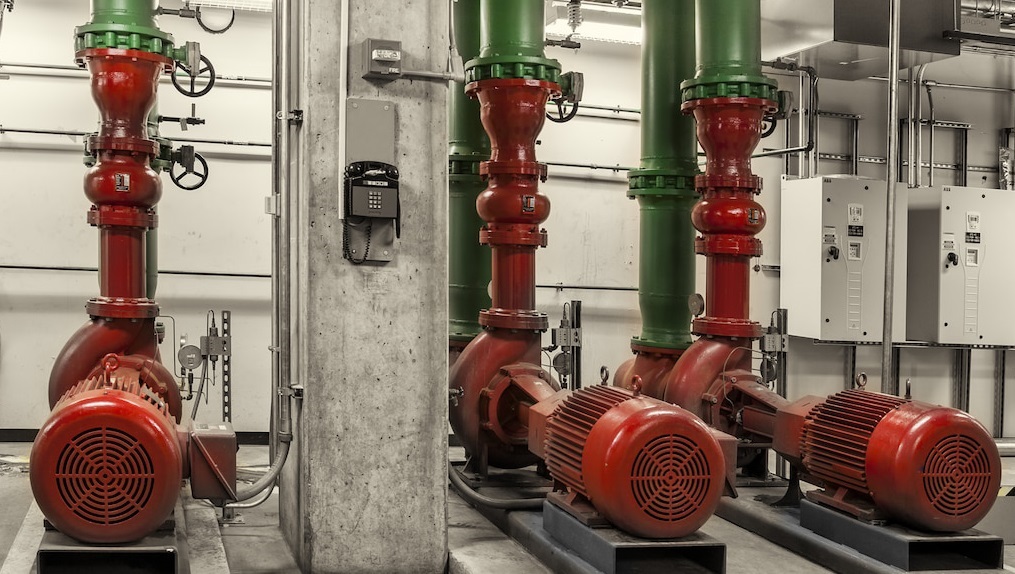Why farmers and growers should add a variable frequency drive (VFD) to any drought management strategy

Agricultural business expenses continue to rise as inflation and supply challenges impact the US economy.
This has been especially hard on farmers and growers in California who face water fluctuations during one of the worst droughts on record. Investing in variable frequency drives (VFDs) that use energy and water more efficiently can lessen the impact of rising utility costs, protect farming equipment and help mitigate crop and soil damage due to drought.
How do variable frequency drives help farmers and growers conserve water?
Growing crops and raising livestock commercially takes a lot of water. Without access to stable and affordable water, you may need to leave acres upon acres of viable farmland fallow. Adding a VFD to your drought management strategy can minimize energy and water usage during irrigation.
VFDs are motor controllers that regulate the amount of energy that a motor receives. A water pump powered by a motor without a VFD will run at a constant speed, regardless of how much energy is necessary for the pump to function. Pressurized irrigation systems utilizing VFDs are much more energy efficient than those that do not.
The Agriculture Energy Savings Action Plan (AESAP) connects qualifying farmers, cultivators, brewers and other agricultural business owners in California with cash incentives and zero-interest loans to help complete projects that reduce energy usage and improve operations. Incentives are available for the purchase and installation of VFDs, making them more accessible than ever to operations like yours.
Get in touch with an AESAP team member to learn more about available incentives and jumpstart your energy-efficiency journey today.
Posted August 02, 2022


